Qobuz has officially joined the big screen. The hi-res streaming platform just rolled out its Android TV app, giving subscribers full access to its extensive catalog directly from Google TV and Android TV devices — including popular models from Sony, TCL, and Hisense. Available now via the Google Play Store, the app brings Qobuz’s lossless, CD-quality, and hi-res music library to the living room, complete with curated playlists, editorial recommendations, and a clean interface designed specifically for TV navigation.
Qobuz Connect is reportedly also included, which allows users to control playback from their smartphone or tablet while the audio is played back on the TV.
From Axel Destagnol, Chief Product Officer at Qobuz: “Our users have been asking us for Android TV for a long time. This app embodies our desire to be accessible wherever people listen to music, from headphones to the living room, while preserving what makes Qobuz unique: audio quality and editorial richness.”
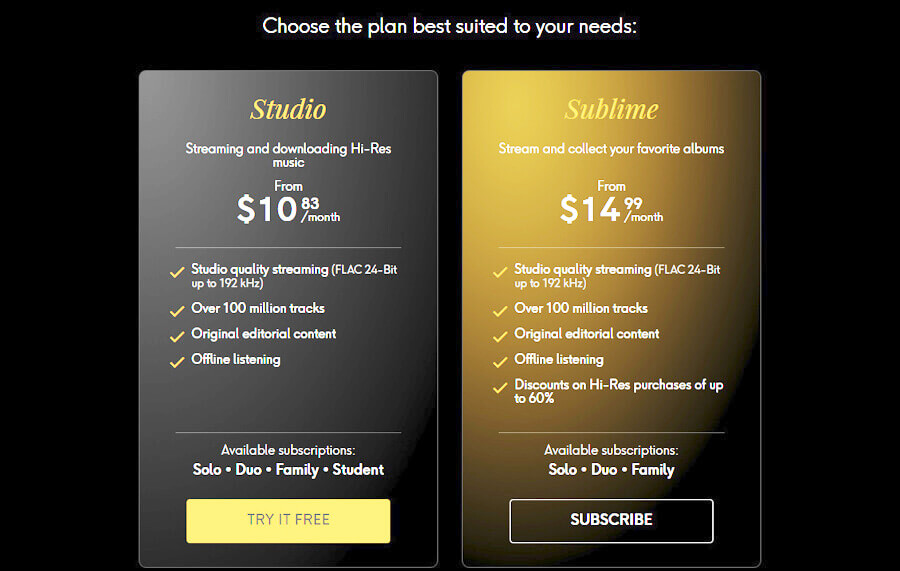
What Is Qobuz?
Qobuz is based in France and is a high-resolution music streaming and download service founded in 2007 with the goal of delivering the best possible sound quality—Hi-Res (up to 24-bit/192 kHz) and lossless/CD quality (including some selections in DSD and DXD) —across all genres.
Pro Tip: Although a subscription is required for streaming access to other features, you don’t have to be a Qobuz subscriber to purchase music downloads.
In addition to streaming and download options, Qobuz also has an online Magazine. The magazine features artist profiles, top artists, album lists, interviews, event news, and even stereo equipment reviews.
Qobuz has built a global community of audiophiles and serious music fans. In 2025, it became the first streaming platform to publicly disclose its average per-stream payout rate — US$0.01873, officially verified and the highest in the industry — underscoring its push for a fairer, more sustainable streaming model. Qobuz also holds Hi-Res Audio certification from the Japan Audio Society (JAS).
The name Qobuz comes from the “Kobyz,” a sacred two-stringed instrument from Central Asia—mostly Kazakhstan—traditionally used in shamanic rituals. Made of wood and horsehair, and played with a bow, the Kobyz was believed to hold supernatural powers, capable of warding off evil spirits and illness. It’s an apt name for a service that aims to elevate your listening experience beyond the ordinary—no gimmicks, just pure, high-res sound that treats music like the sacred art it is.
The Bottom Line
While Spotify still rules the streaming world, Qobuz plays a very different game — one built on sound quality, artist support, and now reach. The company has recently expanded into both Canada and Japan, steadily growing its global footprint while maintaining a laser focus on audiophile-grade playback. It may be smaller than Spotify, TIDAL, Amazon Music HD, or Apple Music, but Qobuz consistently delivers a superior sonic experience — and, crucially, has been far more effective than TIDAL at convincing hardware manufacturers to integrate Qobuz Connect into their products.
The launch of its Android and Google TV app marks a major step toward wider visibility. But let’s be honest — if you’re just running it through your TV speakers, you’re missing the point. Connect it to a proper soundbar, hi-fi system, or home theater setup. Only then will you hear what Qobuz was built for.
Related Reading
- Cambridge Audio Adds Qobuz Connect Support — Completing the Spotify, TIDAL, and Qobuz Streaming Trifecta
- Better Late Than Never: Qobuz Connect for BluOS is Finally Coming in September
- Qobuz Connect Comes to HEOS: Denon and Marantz Users Get a Real Hi-Res Streaming Option
- Podcast: Qobuz Connect with David Solomon

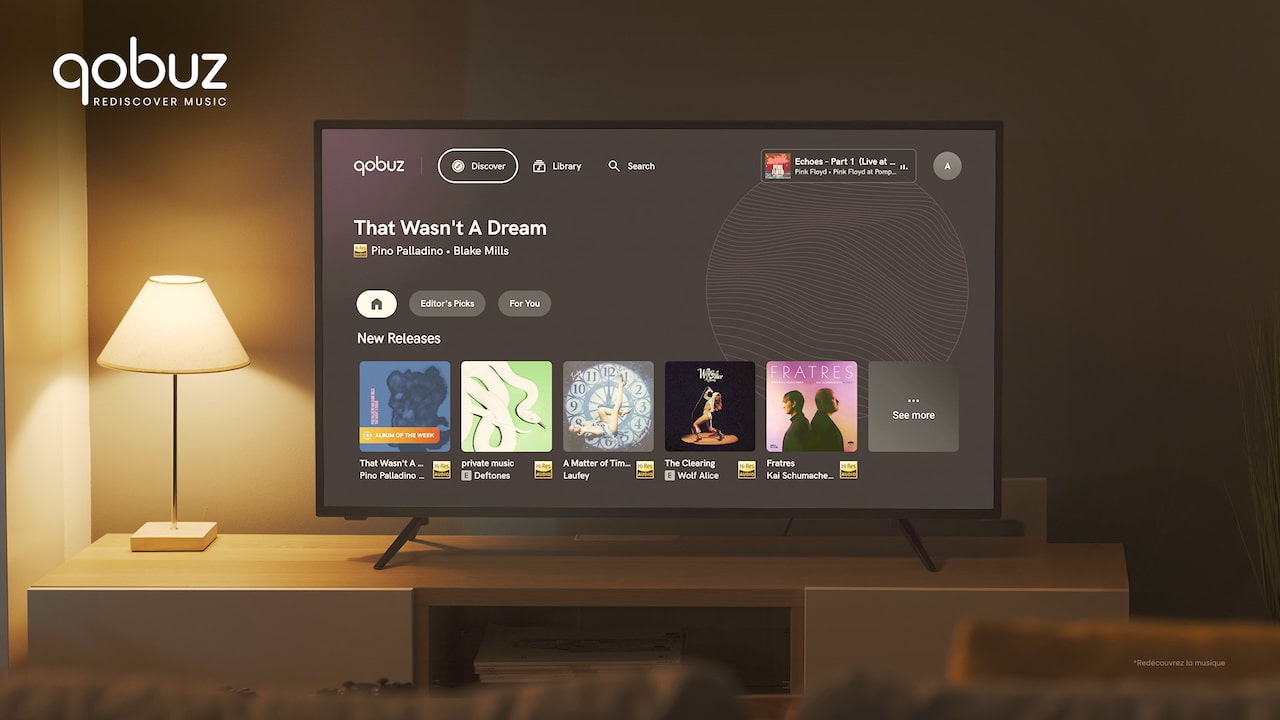

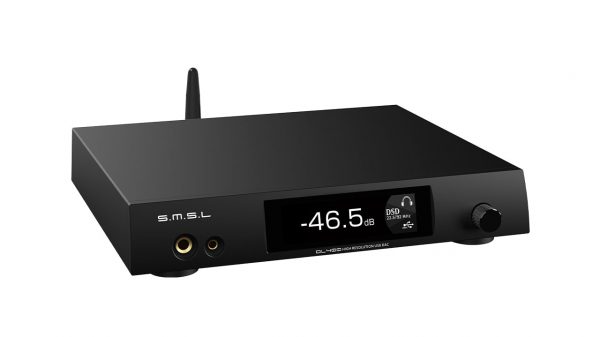
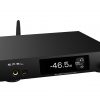








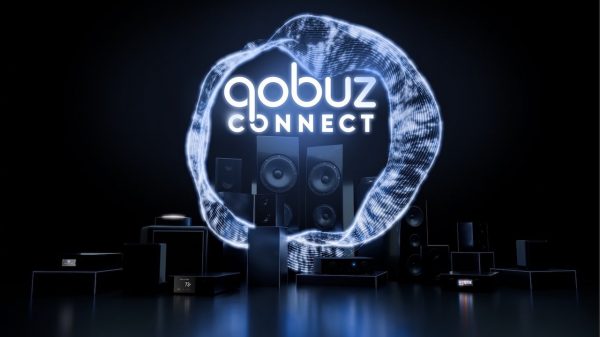


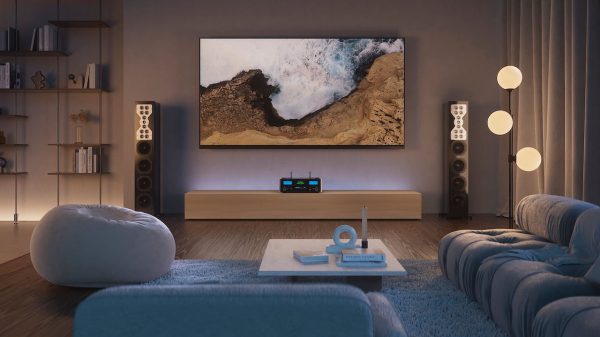

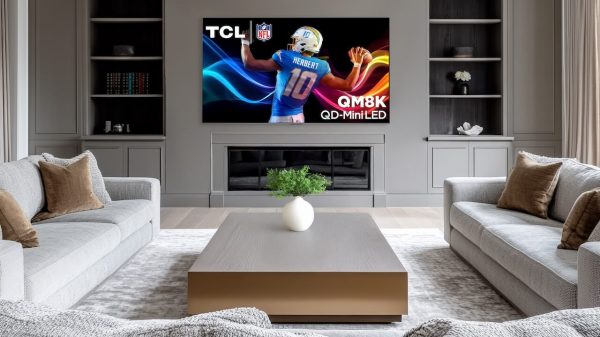




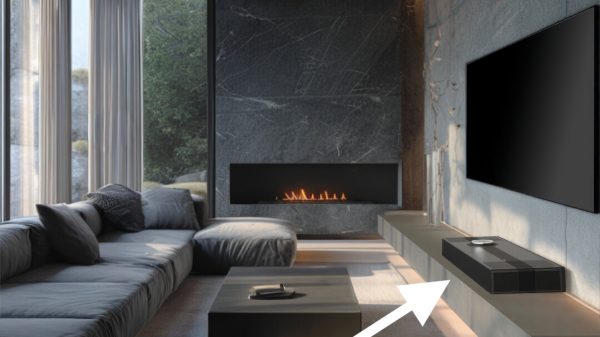














Mike Cornell
November 7, 2025 at 2:20 pm
Hopefully an Apple TV app is next.